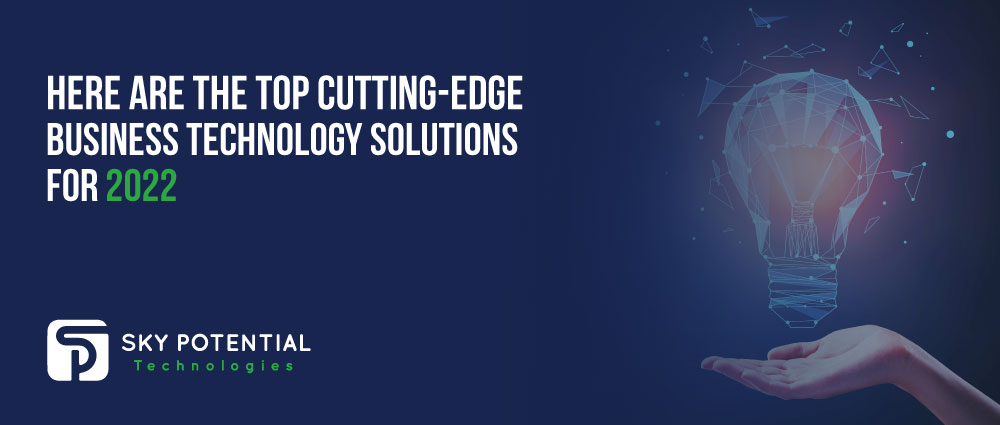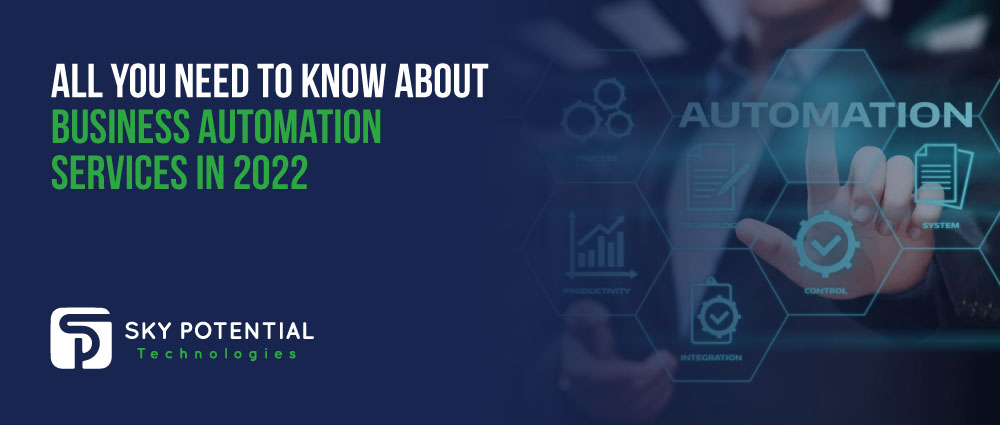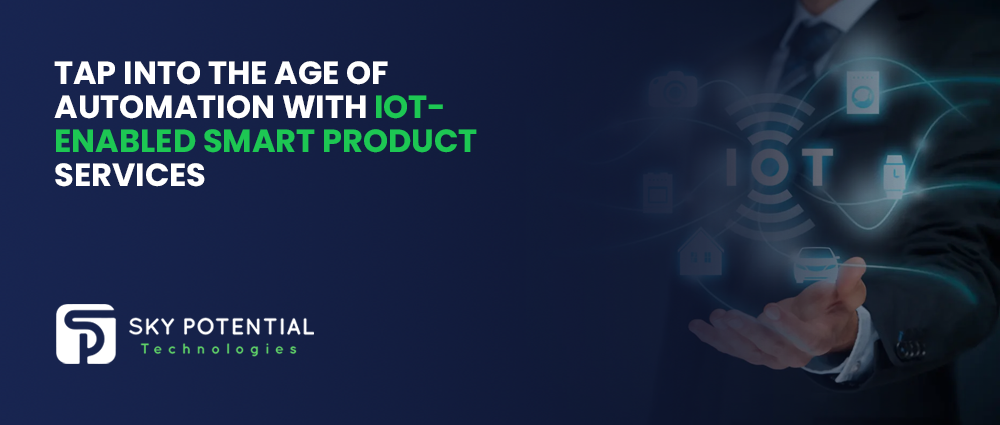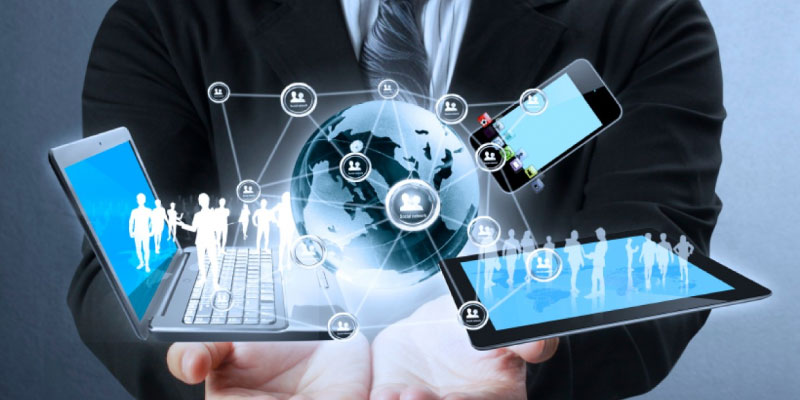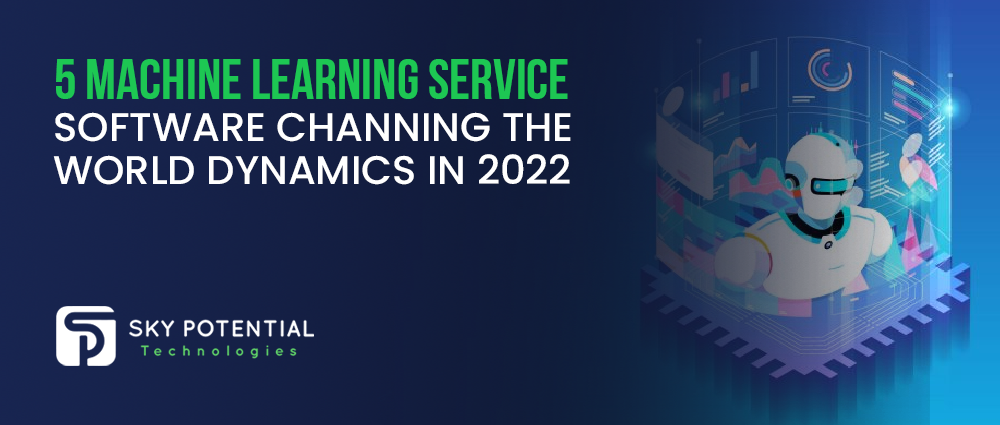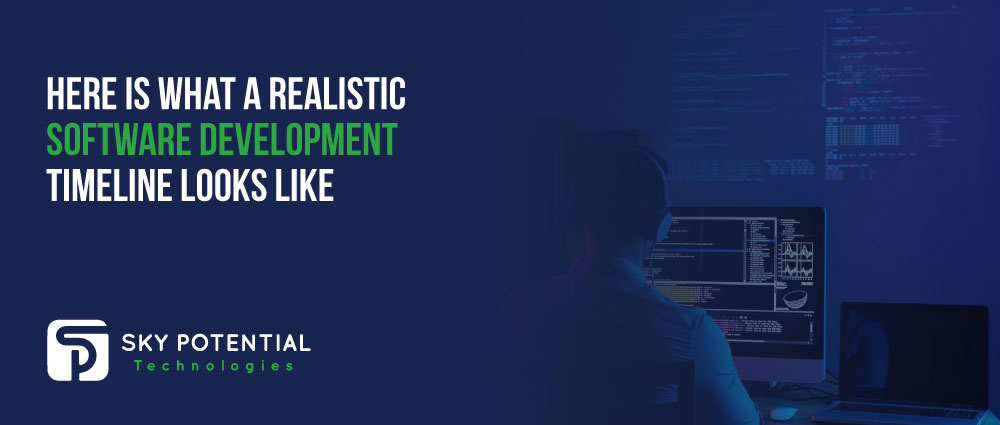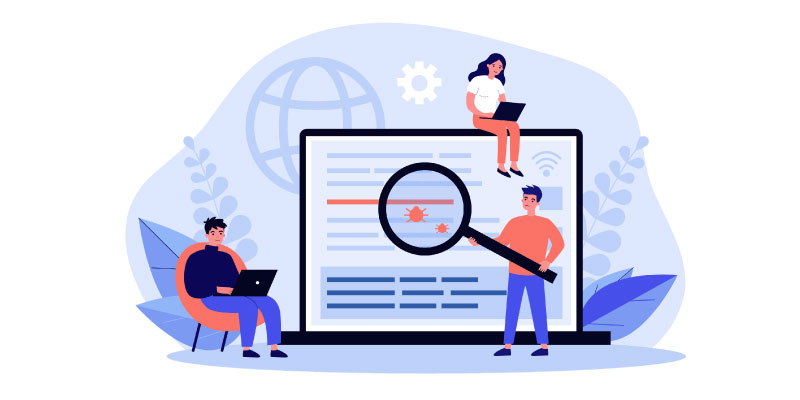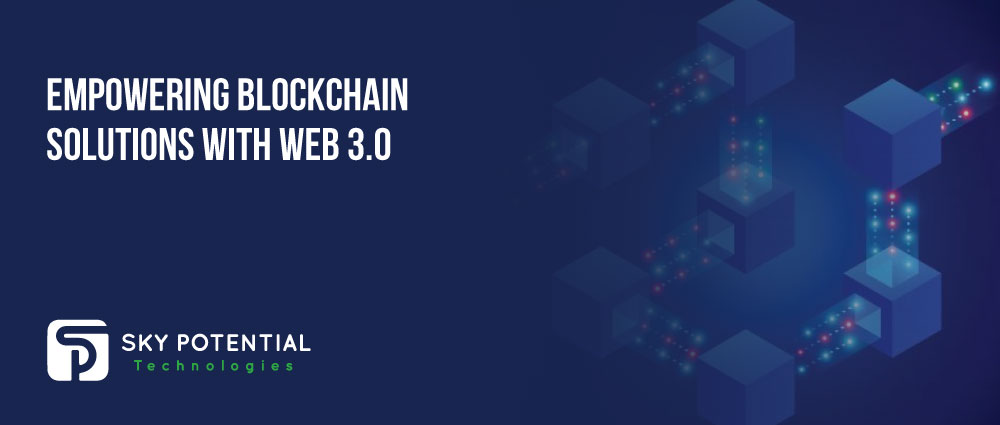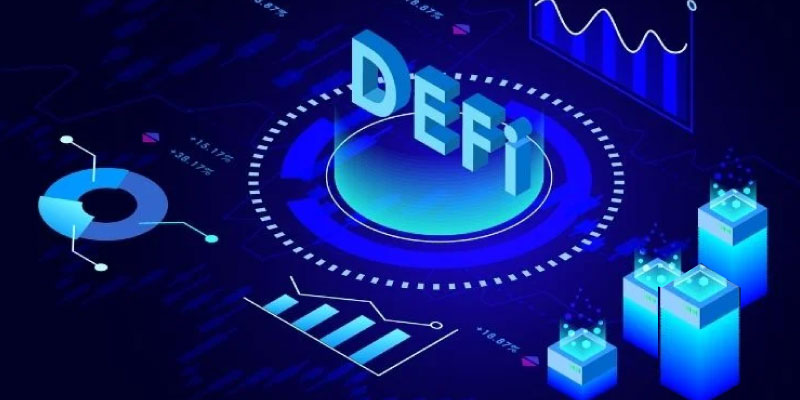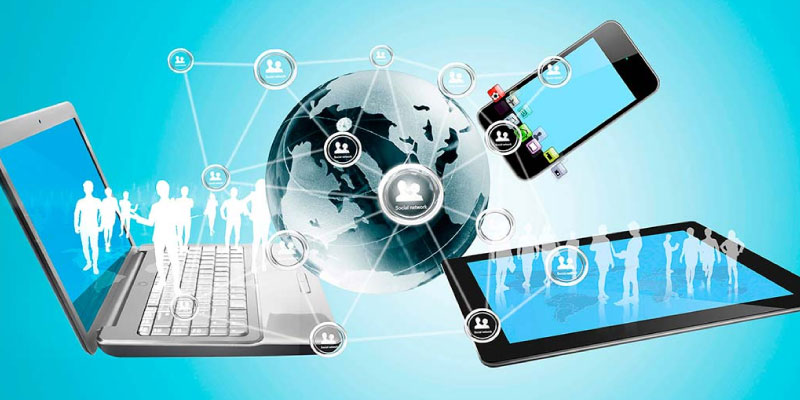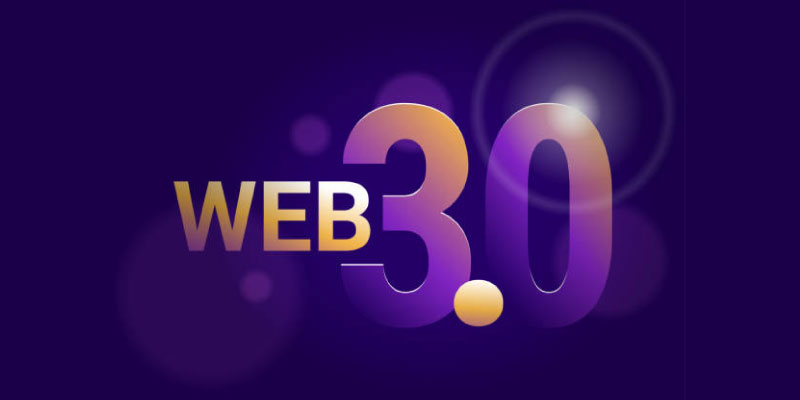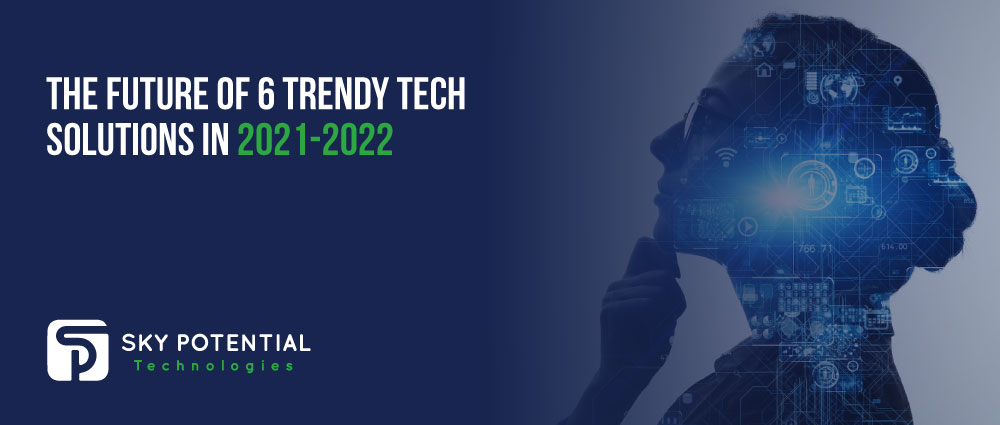With this year approaching its final days, the experts have been analyzing the top trends that will be ruling 2022 and helping businesses to unleash their full potential. The importance of new and high-tech trends will be realized with their increase in use. If you are a business owner, you must give it a read to see how you can enhance your business with next-level cutting-edge business technology solutions. How things have transformed since covid hit the world is something you should be keeping track of. Only by adopting the latest and newest business trends can you strive to compete in this high-tech competitive market.
The increasing demand for the latest business solutions indicates the need for technology. This is the only way to ensure the top-notch working of businesses as technology is essential to use today. The market is altering at an instantaneous pace, and businesses must adopt this shift. Those businesses that do not entirely see the benefit of merging the technology with business will find it excruciating to survive the challenging competition in the market. The growth of the business depends on how versatile it is; the opportunities in the industry are ready to be availed of; you need to have the intelligent business solutions mapped out.
Business Technology Solutions Trends For 2022
We have discussed the leading business tech trends you need in 2022 to help your business reach new heights. How it can expand and grow in the market at a swift pace can be found below. According to what your business does the best, you can choose the right technology solutions to help you do wonders.
-
Artificial Intelligence

AI and machine learning have been the topic of every conversation where their application in the business industry can help loads. How AI and ML can transform businesses to become more result-oriented and focused can play a great role. The already implemented voice assistant solutions and personalized customer experience make things easy for businesses.
How the personalized customer experience can help businesses offer better services is so impressive. The data collection can do wonders for businesses as artificial intelligence can perfectly use it and present the users with what they want to see. With the right use of data, the business can draw customers and make them stay by providing top-notch services.
-
Comprehensive HR Tech

With the increase in businesses and continuous onboarding of employees, it is seen that the whole process of hiring employees can take up a good time. This time can be valuable for the HR department to concentrate on other aspects. Keeping this in mind, the software is now developed to bring the whole onboarding process to an online stage. Other than the hiring process, this software will also allows you to guide your employees in multiple ways.
The whole work-from-home culture always needs employees to be on the same platform. Catering to the needs of every individual can get a lot hectic for a single person to deal with. This is why the need to have online software is crucial for businesses.
-
Tech-Assisted Shopping

During the pandemic, many businesses were affected by lockdown, which disrupted the whole operation. This was when the increase in online shopping with mobile phones increased rapidly. Contactless shopping has become so pivotal since then, and this is why it is imperative to see how it can benefit businesses. This whole contactless experience of shopping and online paying has saved a great deal of time for both the customers and business owners. Even after the lockdown has been lifted across several regions of the world, the use of tech-based shopping is still in full swing.
Moreover, the customers find these innovations to be more appreciative. In this highly competitive world, it is essential to be seen as distinctive, and it can only be done by adopting the leading business technology solutions like tech-assisted shopping. It would not be unexpected to witness this approach becoming a norm even after the pandemic. Businesses with physical customer service must consider this to cater them effectively.
-
Remote Onboarding

The increasing number of in-house employees is forcing the businesses to look for more options on managing more of them in less space? This provides them with the best option to have work from home, culture introduced as this can let the employees work from their homes and still benefit the business. With the whole work-from-home culture, businesses can also go with the remote onboarding process to help ease the work.
It is an integral aspect of hiring new employees and helping them adapt the speed with their responsibilities and the company’s culture. If people can not connect in person for any reason, they can still be a part of the team using the software. Each step of the onboarding process can be checked and ensured to see if everything needed is there. Remote onboarding will save a lot of time for companies and keep things simple for them.
-
Influencer Marketing

This market needs businesses to have some creative and out-of-the-box marketing solutions ready to draw customers. Businesses always tend to grab the customer’s attention with top-notch tactics in this noisy market. One of the enhanced ways today is the use of influencer marketing. The traditional ways of marketing do not work anymore, and you need to be more dynamic.
What customers need is more authenticity in what they see. This needs businesses to make customers trust that what they are selling is credible. If a social media influencer partners up with you and help you to sell your products, a clear difference will be seen. As it will be coming from someone with a great following on social media, the customers will trust and buy it. This is how influencer marketing can help businesses with smart products solutions.
Conclusion
Every business needs versatility to attract customers from the market. The competition is more challenging than ever; technology in businesses has become a necessity. The race to attract customers to businesses will become more demanding in the coming days. Furthermore, the use of the latest marketing techniques will be helping a lot as well.




































































































